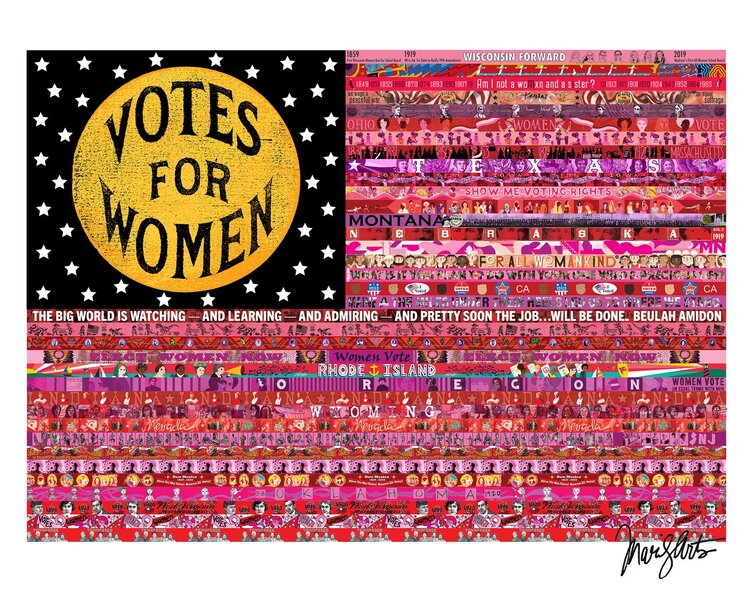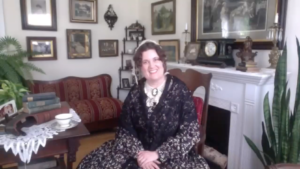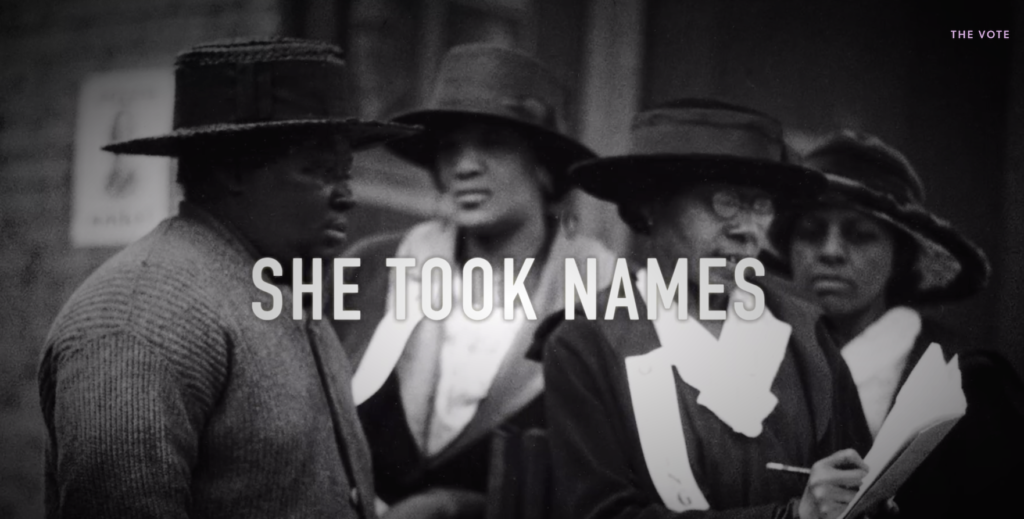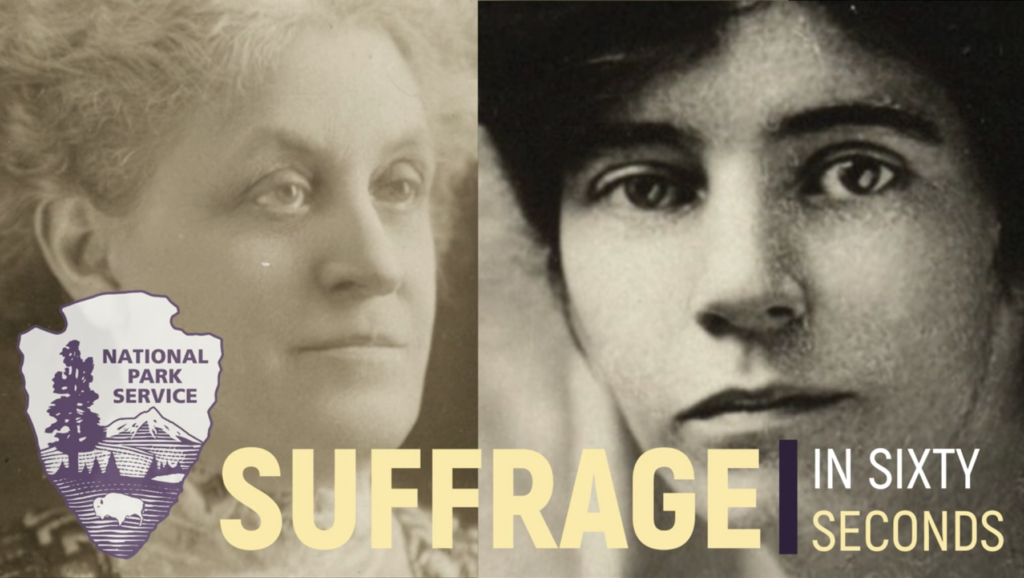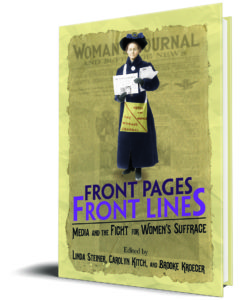Media and the Fight for Women’s Suffrage
(Read about the book on the Illinois Press site: here. Watch any of the short videos with insights to all the chapters here. Click author/editor names below for links to their other SuffrageandtheMedia.org links.)
“The centennial of the Nineteenth Amendment encourages a fresh rethinking of the history of the women’s suffrage movement, to which this volume is a welcome addition. Special kudos for its sustained attention to racial and regional diversity, as well as its broad chronological sweep.”
—Susan Ware, author of Why They Marched: Untold Stories of the Women Who Fought for the Right to Vote
The press, women, and the long road to the Nineteenth Amendment
Suffragists recognized from the start that the media played an essential role in the U.S. women’s suffrage movement. From holding parades to picketing in front of the White House, activists played to the news media of their day. Meanwhile, they supported hundreds of energetic suffragist publications.
Front Pages, Front Lines offers new research on media issues related to women’s suffrage, incorporating innovative approaches to social movements and counter-movements, media theory, memory studies, and historiography. Aiming to correct past oversights and treating suffrage activism as part of broader campaigns for social transformation, the collection includes overlooked topics such as the participation of African American and religious media, coverage of black suffragists, suffragist and anti-suffrage rhetorical strategies, the role of social and media elites, and the impact of white masculinity on press coverage. Contributors: Maurine H. Beasley, Sherilyn Cox Bennion, Jinx C. Broussard, Teri Finneman, Kathy Roberts Forde, Linda M. Grasso, Carolyn Kitch, Brooke Kroeger, Linda J. Lumsden, Jane Marcellus, Jane Rhodes, Linda Steiner, and Robin Sundaramoorthy
Linda Steiner is a professor at the Philip Merrill College of Journalism at the University of Maryland, College Park. She is a coauthor of Women and Journalism. Carolyn Kitch is a professor of journalism at Temple University. She is the author of Pages from the Past: History and Memory in American Magazines. Brooke Kroeger is a professor of journalism at New York University. She is the author of The Suffragents: How Women Used Men to Get the Vote.
